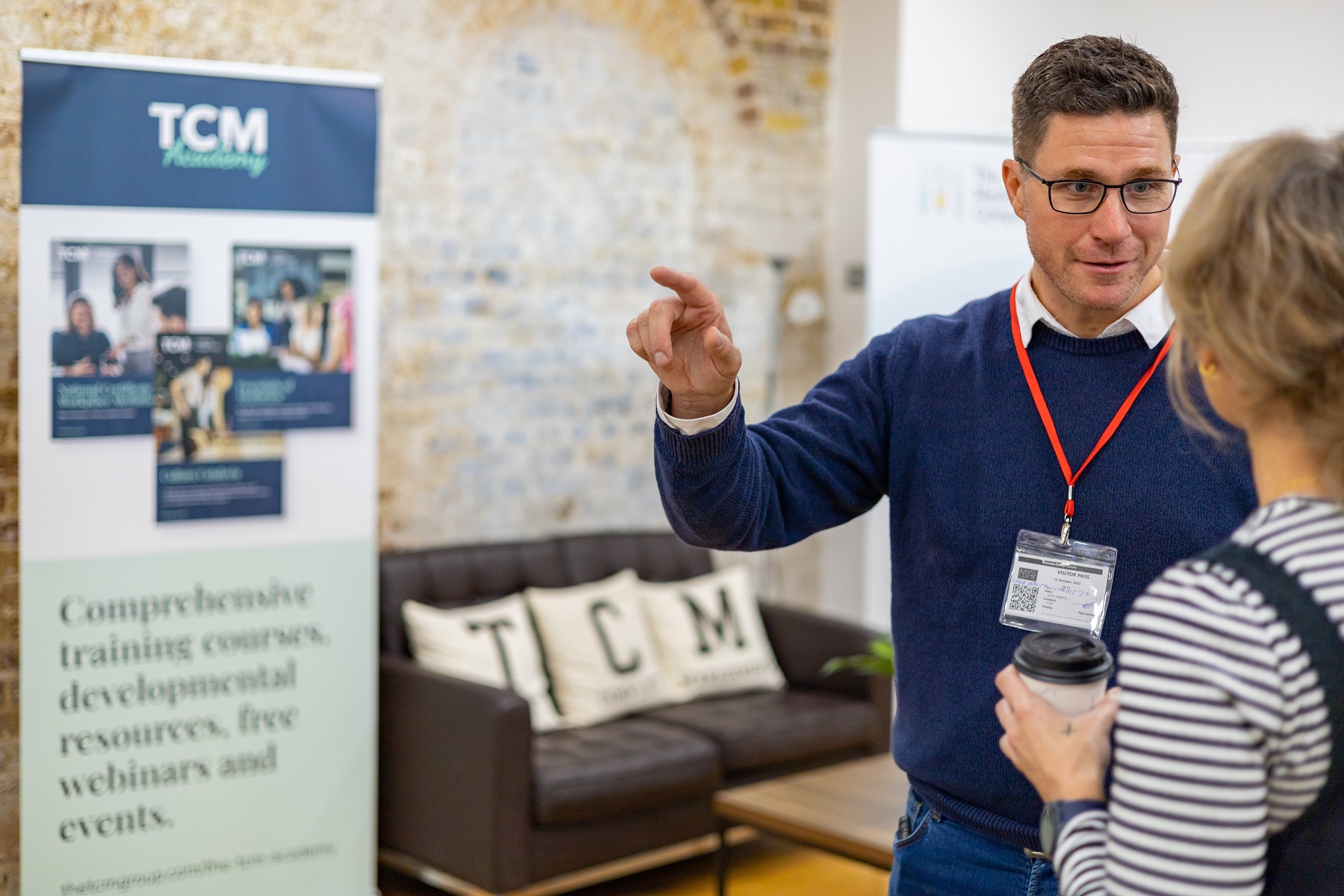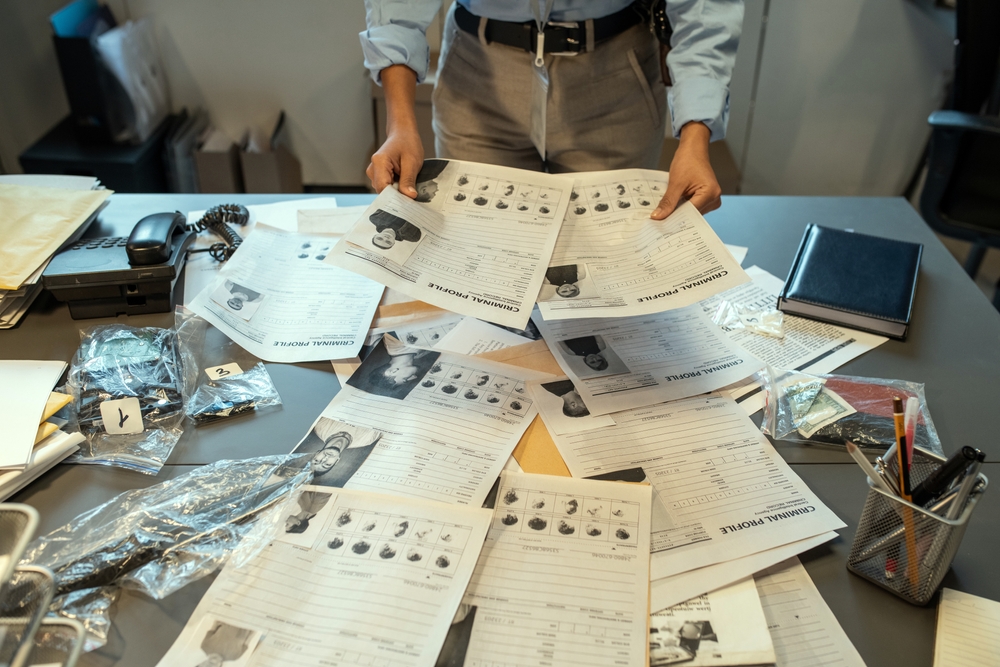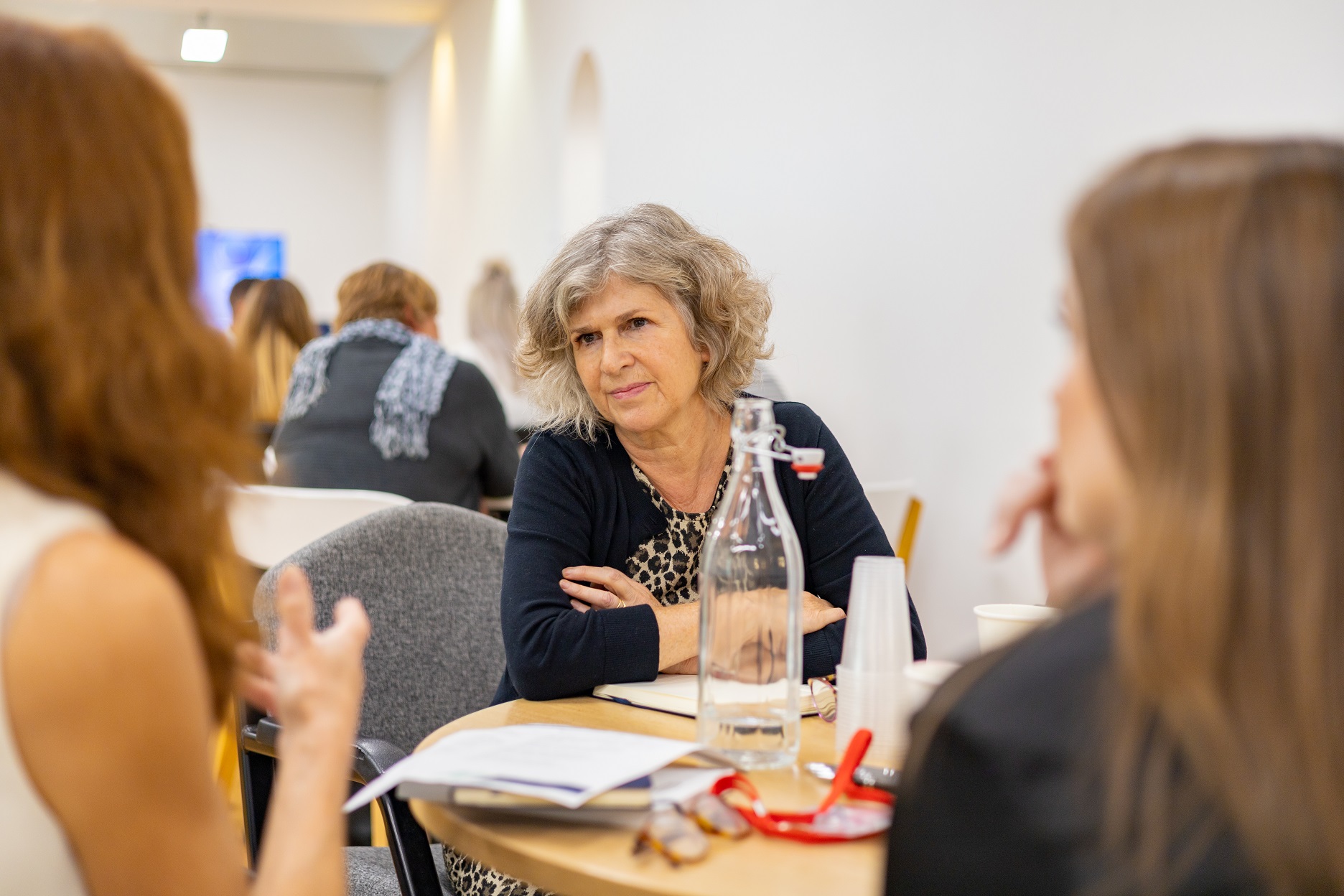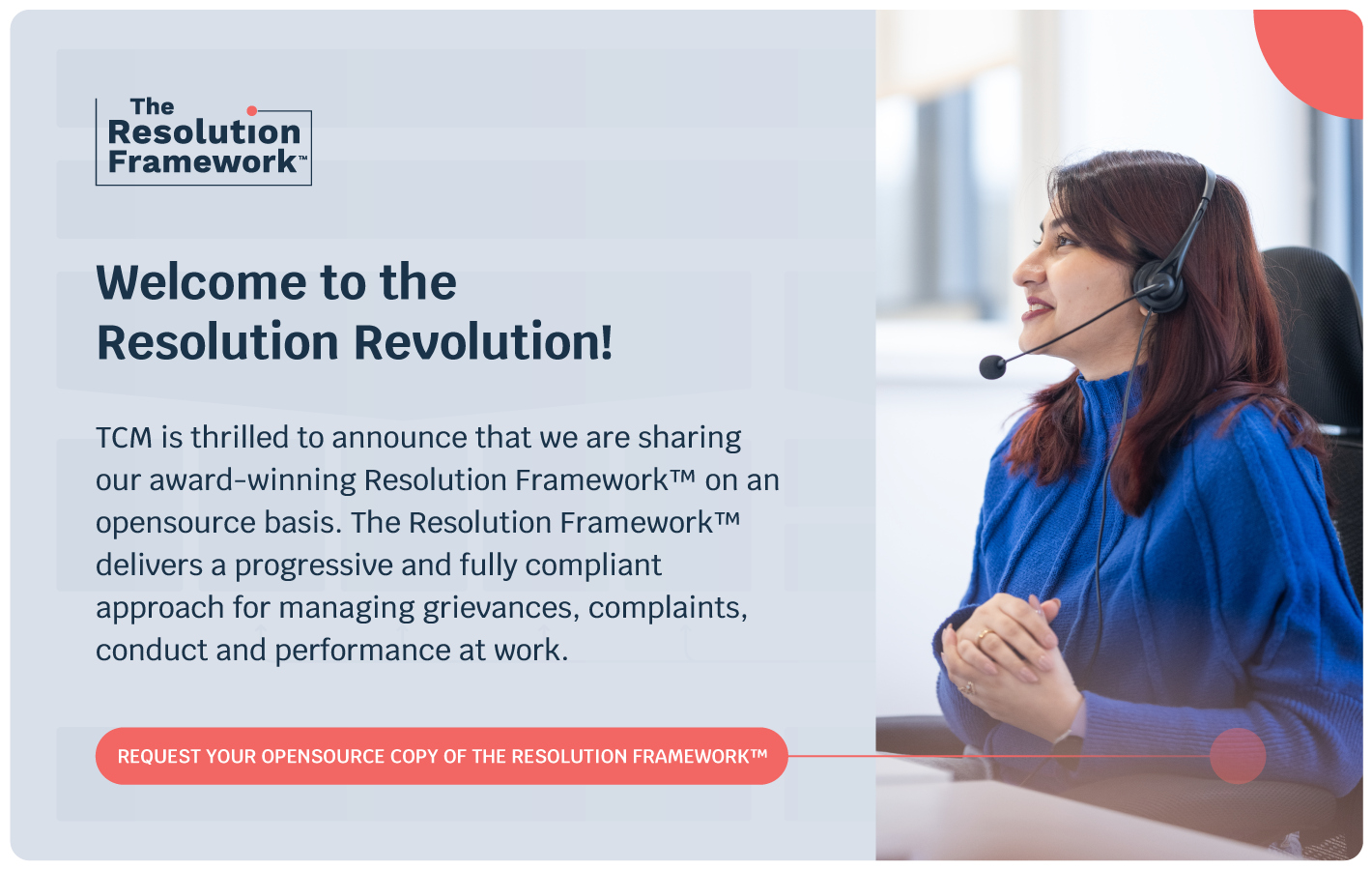
Share article:
Tags:
Nearly half of respondents in a recent survey by an Australian legal reported bullying had increased during the covid period, whilst remote working was the norm.[1]
As it seems increasingly likely that, post-Covid, organisations will move towards a hybrid style of working, where employees can continue to work from home or remotely if they wish, HR needs to be aware of the hidden platform this can provide for bullying and harassment to go undetected and what they should be doing about it.
You can’t see someone crying in the rest room or hear someone being shouted at and discriminatory comments made when you’re working remotely. You don’t see people being made to feel humiliated, belittled or made fun of when you are not in an office environment. But there are still ‘red flags’, that managers and colleagues can be trained to spot, which point to someone struggling with being bullied behind the doors of a virtual space.
Spotting the Warning Signs
Someone unusually quiet during virtual meetings when they were once engaged, reduced input at meetings, appearing tired or weary, missing, or being late for, meetings, not meeting deadlines, you find it difficult to contact them, they appear ‘lost’ or confused, maybe they are even angry or aggressive towards colleagues, or you notice that their tolerance levels are lower than normal for that individual.
These are all ‘red flags’ that may indicate they are being bullied, harassed or discriminated against. And that is compounded by the very real fear of speaking out when an employee is subject to, or witnesses, this type of behaviour.
“It has long been known that one of the biggest barriers to tackling bullying in organisations is employees fear of speaking out. They fear they will be ridiculed, judged, labelled, or not believed (particularly relevant when the bullying is happening, unwitnessed, in a virtual space). They fear that that colleagues may turn against them, they may lose their livelihood and reporting bullying will affect their future employment and career opportunities. These fears remain constant no matter what the space, office, remote or virtual.”
Creating Psychologically Safe Places
So what can HR do to overcome these fears?
“Creating a ‘psychologically safe’ space is key to encouraging employees to speak out, to not fear retaliation but instead feel supported, cared for, listened to and knowing that action will be taken when necessary.”
Easier said than done? Not really, my CARE model, developed over 20 years of gathering evidence from various organisations that we have worked with to help create a more inclusive and open workplace culture provides a simple, easy to follow, process to create this psychologically safe environment, providing the reassurance and security that employees need to feel free to speak out against harassment, discrimination and bullying behaviours.
The CARE model follows four simple principles.
The organisation needs to reassure employees of their Commitment to creating a safe place for them to speak out against bullying and harassment, they need to make sure that they take Action by ensuring that people are confident to report and be listened to, they need to ensure that the Respond to each complaint and provide support and assistance throughout the process and finally, they need to Evaluate the effectiveness of their processes and gain feedback from those that have used the process.
And equally importantly, the whole process must be transparent so not only the employee affected but colleagues across the business can build trust in the system.
Sound simple? It is.
Employees fear what may happen to them if they speak out but, if your organisation can follow these four simple steps to demonstrate your commitment to supporting those that have been exposed to bullying, harassment or discrimination, then you create a more positive, happy and inclusive workplace with higher levels of engagement and performance and lower levels of staff turnover and complaints.
[1] https://www.lawyersweekly.com.au/sme-law/30994-did-workplace-bullying-worsen-during-covid-19
Gary Rogers, Director of Investigation & Audit Services at The Investigation Company.







